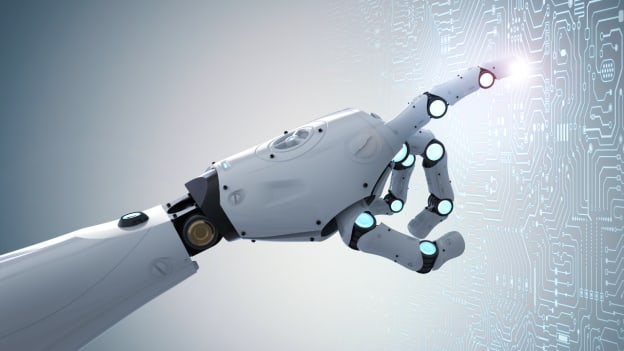Talent intelligence technology: A checklist

Disruptive innovations are creating new business models, and HR is playing a greater role now than ever in spearheading this growth. New-age technologies and social networks are reimagining how people communicate and collaborate, creating a new talent fabric.
Employees today are not only diverse, but they also have different expectations from their employers. To address the ongoing talent shortage along with the challenges of retaining and hiring employees, organisations must design solutions that combine the best of technology with human interaction. The HR department is looking for ways to harness the power of data to make more concrete decisions backed by data.
The need for talent intelligence
HR technologies can help determine the right mix of build, buy, and borrow strategies to fill critical skill gaps. When coupled with market data on skill pricing and market skill availability, they can inform location and sourcing strategies with unprecedented precision. Furthermore, they can map how each talent population is progressing, stagnating, or exiting and promote diversity in the workforce. Speed and accuracy are the keys to fostering efficiency and effectiveness.
HR’s top priority this year is making investments in strategic workforce planning and workforce analytics platforms to stay on track and flex to market demands.
The challenge in achieving this is the state of data in organisations and the need for more data proficiency.
Organisations must streamline their data sources, assess the reliability and validity of available data, and ensure sustained data sanctity by building the right technology capabilities. With the rise of AI and analytics, employees must be trained on cybersecurity and data protection to ensure that HR and managers can effectively leverage AI and workforce intelligence as a cornerstone of decision-making.
How to build a future-ready talent intelligence tech
HR technology can make a real business impact only when it covers the entire employee lifestyle:
- Assess: To improve the quality of critical talent decisions, HR must invest in holistic, bias-free talent assessments. Talent intelligence can be integrated into tools such as psychometrics, business simulations, technical assessments, game-based assessments, video interviewing tools, etc., and AI can offer insights to enable the right fit. For example, assessment funnel dashboards, credit management tools, project management tools, and tools to track and manage applicants. At the talent end, an automated and intelligent candidate portal can curate an engaging experience through web and mobile-enabled access and virtual guides to handhold candidates. This enables candidate access and opens up channels of communication by keeping them informed and engaged. Better access means better real-time assessment and better hiring decisions.
- Develop: Employee development and growth are becoming hyper-personalised, and this will enable the creation of a growth-oriented culture. People intelligence can maximise talent utilisation by streamlining processes related to job design, workforce optimisation, gap identification, and talent matching. Artificial intelligence and machine learning can help HR understand employee behaviour, create personalised IDPs based on real gaps, and monitor learning progress. Managers, too, are empowered to analyse their team’s skills and gaps and monitor their upskilling and development to coaching their teams for success. This is a path towards identifying hidden talent from organisation-wide talent pools and promoting a ‘build-from-within culture’.
- Engage: Dynamic career pathing tools aid workforce agility, talent mobility, adaptability, and employee engagement. For example, employees can view open positions across roles and projects on tech platforms, while HR can assess fit, identify development gaps and direct employees to the right learning resources. Managers can have visibility of team member aspirations, role fit, and gaps, allowing them to have data-driven career conversations and act as coaches. Talent intelligence can help understand key skill gaps and reorient learning investments to business-oriented outcomes by encouraging internal growth and mobility.
With this approach of Assess-Develop-Engage, HR leaders can gain a realistic view of talent and plan for current and future talent outcomes.
The HR role is continuously evolving into a business-centric employee-experience curator. The focus is shifting from collaboration and communication tools (top investments in 2021) to strategic workforce planning and analytics platforms, AI-based productivity tools, and solutions that enable skill identification and skill-building at scale (2022)**.
HR and line managers must gain knowledge of technology tools and learn how to use the insights to forecast the future trajectory of employees’ lives. HR must invest in technology skills to pioneer a true HR digital transformation. Talent intelligence technologies can foster sustained positive change only when the custodians of talent deeply understand, evangelise and showcase its business benefits to the C-suite.







